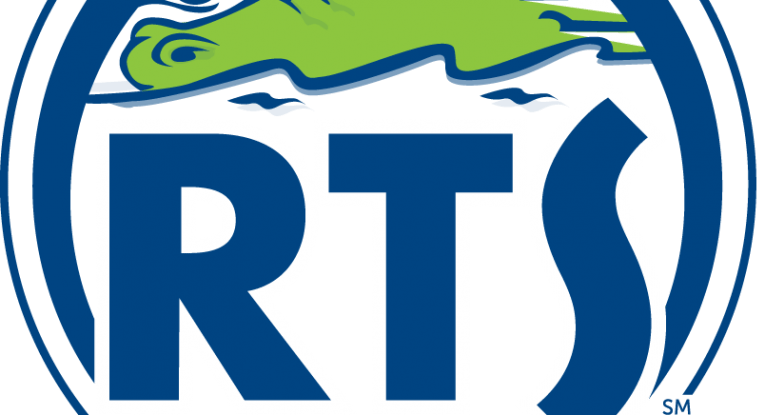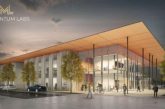
By Caitlyn Finnegan
The Gainesville Regional Transit Service is still working towards convincing residents that its proposed bus rapid transit project is the answer to creating a more fluid and reliable transportation infrastructure, but locals are mixed on its implementation.
More details on the project are coming together as the city is working with the Orlando branch of Parsons Brinckerhoff, a global consulting firm that specializes in planning and designing infrastructure projects from energy grids to transportation headways. The focus of the system is to provide faster service along the east-west corridor from Santa Fe College down to Archer and up to Gainesville Regional Airport, as well as draw riders from the east side of town to the west for shopping trips and medical visits.
During the second public meeting held Thursday night to discuss the proposed rapid transit system, about 40 people showed up to voice their concern or support for the project that has already cost $650,000 in study and consulting fees – a cost RTS representatives say has been covered entirely by federal funds.
The divisiveness of the project has been driven by residents who use north-south transit corridors, some of whom resent the use of their tax dollars being used to fund more projects focused on the east-west corridor before addressing needs in other city routes.
Alan Danaher, the project manager for the proposed system, said Parsons Brinckerhoff and the city are currently examining several options for funding the project. Possible options include funding from the Federal Transit Administration, the Surface Transportation Program, TIGER and Section 5307.
Danaher said there is currently no timeline for the project, but if proposed plans are approved, the estimated time to completion would run about five years.
The firm is weighing the costs and benefits of two possible transit system options: rapid bus transit, which would require the construction of larger bus stations and exclusive running ways, and an enhanced bus system, which would involve more streamlined buses and traveling in mixed traffic.
Compared with a rapid bus transit system constructed in Eugene, Ore., a city of similar size and population with the University of Oregon, the project would cost around $5.5 million a mile.
There is also the option of a no-build alternative that would address existing infrastructure problems plus committed transportation networks.
The option of having a streetcar trolley serve as a transit option was quickly dismissed after a $100,000 feasibility analysis study found the plan the least cost-effective at $50 million a mile to construct. With the east-west corridor of service stretching 17 miles, the project would have cost around $850 million to complete.
Following the completion of its talks with other local stakeholders, the firm will conduct a technical analysis to study operation route options, potential impacts on the environment, total costs and benefits of the project and readership projections.
Several members of the audience offered their opinion on underserved areas in the community that could better benefit from the money currently being allocated to the studies, including a representative from Lamplighter Mobile Home Park who was concerned with service up to the Gainesville Regional Airport area. Total ridership for RTS in 2012 was more than 6 million, and officials hope to see that number rise by more than 25 percent with the completion of the project.
There will be two more public meetings to gather input from residents and community organizations before the project is presented for final funding. When announced, dates for upcoming meetings, as well as past presentations, can be found at go-enhancerts.com.




